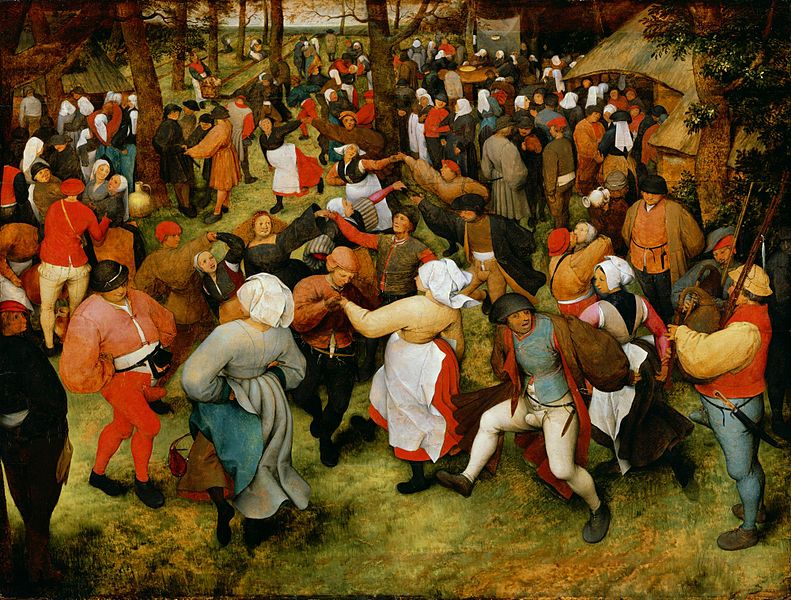Back to the NYTimes Sunday Review: the really threatening (to museums) article published this weekend was not my piece, but rather Peter Singer’s Good Charity, Bad Charity.
 In it, Singer argues that philanthropists should never give money to the arts, that there are far more worthy causes, like trachoma, an eye disease caused by an infectious micro-organism that slowly makes people, mostly children in developing countries, lose their eyesight. He poses a question: which is better, giving $100,000 to an art museum that would use the funds to expand, or to an organization fighting trachoma.
In it, Singer argues that philanthropists should never give money to the arts, that there are far more worthy causes, like trachoma, an eye disease caused by an infectious micro-organism that slowly makes people, mostly children in developing countries, lose their eyesight. He poses a question: which is better, giving $100,000 to an art museum that would use the funds to expand, or to an organization fighting trachoma.
You do some research and learn that each $100 you donate could prevent a person’s experiencing 15 years of impaired vision followed by another 15 years of blindness. So for $100,000 you could prevent 1,000 people from losing their sight….
Suppose the new museum wing will cost $50 million, and over the 50 years of its expected usefulness, one million people will enjoy seeing it each year, for a total of 50 million enhanced museum visits. Since you would contribute 1/500th of the cost, you could claim credit for the enhanced aesthetic experiences of 100,000 visitors. How does that compare with saving 1,000 people from 15 years of blindness?
It is never that simple, though Singer argues that it is.
But for one thing, the benefits of visiting art museums are not entirely quantifiable. Many years ago, I covered the environmental movement, and it had the same problem. When economists did cost/benefit analyses of environmental regulations, the cost always outweighed the benefits — because economics had no way to quantify the benefits of, say, clean air or clean water. Since then, economists have developed some measures — still somewhat crude, but better than nothing.
Art museums and all cultural institutions are going to have to learn to articulate better the benefits they provide society. This is not about high/low; elite/mass; old art/new art, etc. Singer and his ilk argue that whenever culture is placed in a contest with disease control, fighting poverty, etc., culture must lose. I don’t believe that. But I, and you all, have a job to do to refute him.




